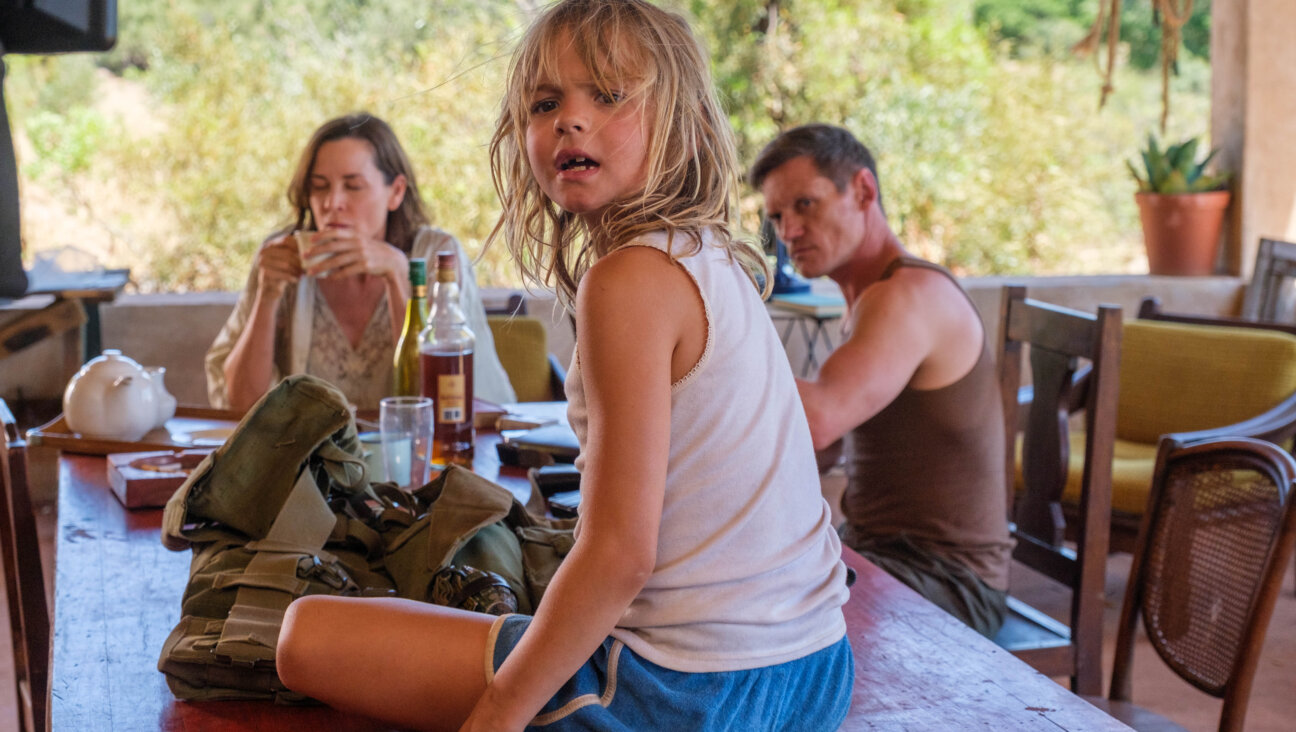Yom Kippur on the Big Screen
Would you shut up? I’m trying to atone!” That line comes in the opening scene of “Kissing Jessica Stein” delivered by the titular character, as she sits in the pews on Yom Kippur and tries to fend off her relatives’ too-eager advice about snagging a man before next year’s Book of Life is shut. Jessica, the wound-up-way-too-tight artist-turned journalist whose dating travails will soon lead her to enter a same-sex relationship, reaches her boiling point to the backdrop of the rabbi’s voice, as mom (played by Tovah Feldshuh and grandma point out the single guys in the congregation and, in loud whispers, wonder why Jess hasn’t dated anyone in a year.
This isn’t the only time the Day of Atonement has been played for laughs: There’s a memorable “Entourage” episode in which power-agent Ari runs in and out of shul on Yom Kippur, hiding his cell phone and disturbing the congregation — all in an effort to hustle a role on behalf of his ex-client, Vince. Assisting him in his hi-jinx is neurotic producer Nick Rubenstein, played by Adam Goldberg, another atoning Jew who barges in on a studio head at different synagogue to try and make the deal happen. “Jesus Christ! It’s Yom Kippur!” says Ari’s exasperated wife as the two talk business in the synagogue’s lobby. The episode includes the immortal line spoken by Ari to his daughter: “That’s the beauty of Yom Kippur: As long as you apologize by sundown it doesn’t matter what you do.”
Of course, not all Yom Kippur scenes are set up for yuks: 1927’s “The Jazz Singer”, and its many remakes, features an emotional and climactic scene at a Kol Nidre service when famous Jazz singer Jack Robin, played by Al Jolson, returns and sings the “Kol Nidre” prayer in his dying father’s stead, abandoning the opening night of his Broadway show to reunite with his estranged family.
The High Holy Days provide a fitting backdrop for movie or TV scenes, with their dramatic imagery of white-clad rabbis, well-dressed congregants and the ringing sound of Shofar and prayers. And, of course, the dramatic symbolism of renewal and repentance doesn’t hurt either. But despite this, these were the only big scenes I could recall that took place specifically during the Days of Awe (bar mitzvahs, on the other hand, are everywhere in pop culture). Are there any other memorable onscreen references to the High Holidays that we’re missing here?
























